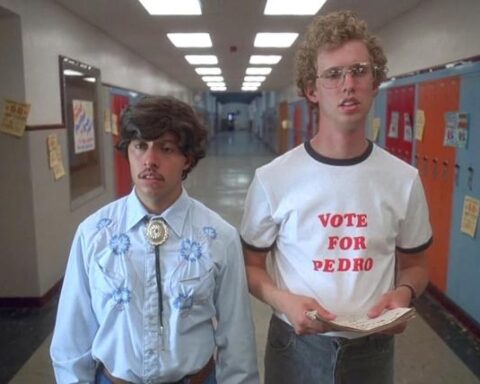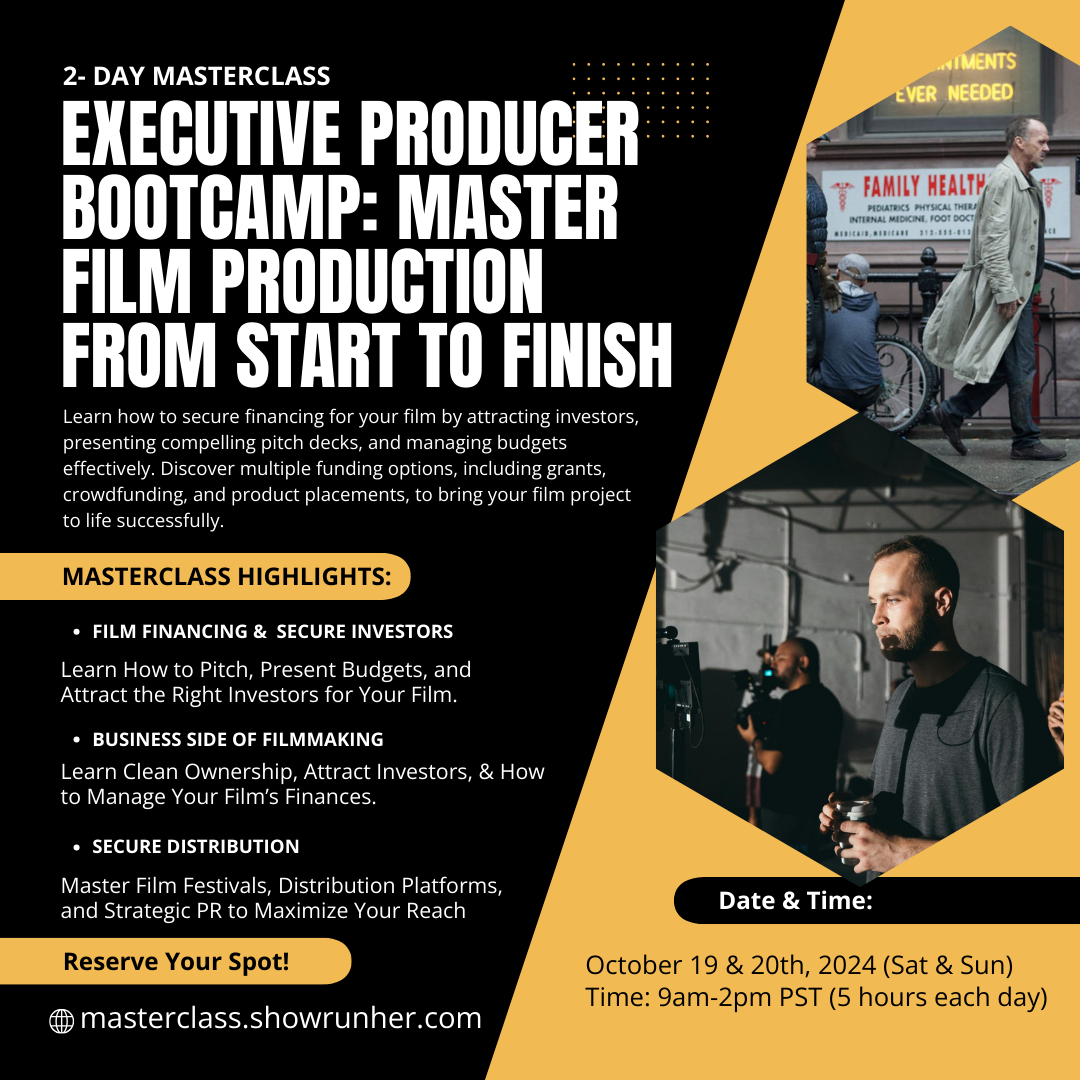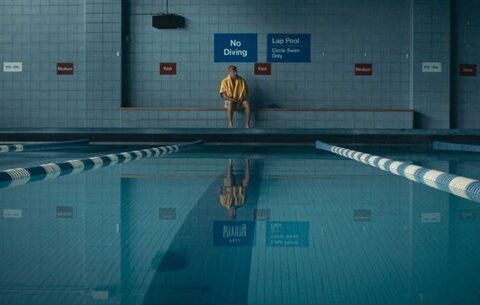In the world of independent cinema, few films have had as significant an impact as The Blair Witch Project. Released in 1999, the film was made on a shoestring budget and debuted at the Sundance Film Festival, where it quickly became a sensation. Through a combination of innovative marketing, a gripping narrative, and clever use of the found-footage style, The Blair Witch Project went on to become one of the most profitable films of all time. This blog explores how the film transitioned from a festival hit to a global phenomenon, analyzing the key factors behind its success.
The Genesis of The Blair Witch Project
The Blair Witch Project was conceived by filmmakers Daniel Myrick and Eduardo Sánchez, who sought to create a horror film that felt real and terrifying. With a budget of approximately $60,000, the film was shot in a documentary style, using handheld cameras and unknown actors. The premise was simple yet effective: three film students venture into the woods to investigate a local legend, only to encounter something far more sinister than they could have imagined.
The film’s production was as unconventional as its narrative. The actors were given minimal direction and were encouraged to improvise their dialogue, which added to the authenticity of the footage. The filmmakers also used psychological tactics to heighten the tension, such as leaving eerie objects for the actors to find and deliberately isolating them in the woods. This approach created a sense of genuine fear and disorientation that is palpable in the final product.

Sundance Film Festival Premiere
The Blair Witch Project made its debut at the 1999 Sundance Film Festival, where it quickly caught the attention of audiences and critics alike. The film’s raw, unpolished style stood out in a festival lineup that typically favored more traditional narratives. Its innovative use of the found-footage format, coupled with its chilling atmosphere, made it an instant talking point.
At Sundance, the film was presented as if it were a real documentary, a strategy that blurred the line between fiction and reality. The marketing team behind the film even went as far as distributing missing person flyers featuring the faces of the lead actors, further adding to the film’s mystique. This approach not only generated buzz but also contributed to the film’s aura of authenticity, making it a must-see for festival-goers.
The success at Sundance was pivotal in securing distribution for the film. Artisan Entertainment acquired the rights for $1.1 million—a significant sum considering the film’s modest budget. The acquisition marked the beginning of a strategic marketing campaign that would propel The Blair Witch Project from a festival hit to a mainstream success.
The Marketing Genius Behind the Success
One of the most notable aspects of The Blair Witch Project’s success was its groundbreaking marketing campaign. In an era before social media dominated, the filmmakers and their marketing team harnessed the power of the internet to create a viral phenomenon. The film’s website, launched before the movie’s release, played a crucial role in building anticipation. The site was designed to look like a legitimate investigation into the disappearance of the three filmmakers, complete with fake news reports, interviews, and evidence.
This approach was revolutionary for its time. The website became a hub for fans and curious viewers, who scoured it for clues about the film’s mysterious backstory. The interactive nature of the site allowed audiences to engage with the narrative in a way that was unprecedented, turning them into active participants in the story. This engagement was further fueled by the film’s enigmatic trailers, which revealed little but suggested much, leaving viewers eager to piece together the puzzle.
The marketing campaign also extended to traditional media, with the filmmakers giving interviews in character and maintaining the illusion that the events depicted in the film were real. This blurring of reality and fiction was key to the film’s appeal, as it created a sense of uncertainty that heightened the horror. By the time the film was released in theaters, audiences were primed for an experience that felt genuinely terrifying.

The Box Office Impact
When The Blair Witch Project was released in theaters on July 16, 1999, it exceeded all expectations. The film opened in limited release, quickly generating word-of-mouth buzz that led to wider distribution. Audiences were drawn to the film by its reputation as a real-life horror story, and theaters were packed with viewers eager to experience the film’s unique blend of terror and realism.
The film’s minimalist approach to storytelling—eschewing special effects and elaborate sets in favor of raw, handheld footage—only added to its appeal. The shaky camera work and naturalistic performances made the horror feel immediate and visceral, unlike anything audiences had seen before. This sense of realism was so convincing that many viewers believed the events depicted in the film were real, a belief that was only reinforced by the film’s marketing.
Financially, the film was a massive success. With a final budget that expanded to approximately $200,000 due to post-production costs, The Blair Witch Project went on to gross nearly $250 million worldwide. This staggering return on investment made it one of the most profitable films in cinema history and solidified its status as a cultural phenomenon.
Cultural and Industry Impact
The Blair Witch Project had a profound impact on both the horror genre and the film industry as a whole. Its success demonstrated the potential of viral marketing and the internet as powerful tools for promoting films. The film’s marketing strategy became a blueprint for future indie filmmakers looking to generate buzz without the benefit of a large advertising budget.
The film also popularized the found-footage genre, inspiring a wave of similar films that sought to replicate its success. Movies like Paranormal Activity, Cloverfield, and REC owe a debt to The Blair Witch Project for paving the way. The film’s influence can still be seen in contemporary horror, where the line between fiction and reality is often blurred to heighten the sense of dread.
Moreover, The Blair Witch Project challenged the traditional notions of what constitutes a successful film. It proved that a film didn’t need a big budget, star power, or elaborate special effects to be a hit. Instead, it showed that a compelling narrative, innovative marketing, and an understanding of audience psychology could be just as powerful.
Legacy and Lessons Learned
More than two decades after its release, The Blair Witch Project remains a landmark in independent cinema. Its success story offers several valuable lessons for filmmakers and marketers alike:
- Innovation in Storytelling: The film’s use of the found-footage style was not only a creative choice but also a practical one that suited its budget. By embracing limitations and turning them into strengths, the filmmakers created something unique and memorable.
- Effective Marketing: The film’s marketing campaign is a masterclass in building anticipation and engagement. By leveraging the internet and maintaining an aura of mystery, the campaign created a groundswell of interest that translated into box office success.
- Audience Engagement: The Blair Witch Project understood the importance of involving the audience in the narrative. By blurring the line between fiction and reality, the film created an experience that felt interactive and immersive, drawing viewers into its world.
- Profitability through Resourcefulness: The film’s financial success is a testament to the power of resourcefulness in filmmaking. With a limited budget, the filmmakers focused on what they could control—story, atmosphere, and realism—rather than what they couldn’t, like expensive effects or star power.
Conclusion
The Blair Witch Project stands as a testament to the potential of independent filmmaking. Its journey from a small project screened at Sundance to a global box office sensation is a remarkable example of how innovation, strategic marketing, and a deep understanding of audience psychology can turn a low-budget film into a cultural phenomenon. For filmmakers, the lessons learned from The Blair Witch Project are as relevant today as they were in 1999, proving that with creativity and determination, even the smallest projects can achieve the greatest success.







